If you think Colorado fly fishing is just about crowded tailwaters or alpine lakes where you spend more time swatting mosquitoes than catching trout, you haven’t met Pagosa Springs. Tucked into the San Juan Mountains, this little hot-springs town is surrounded by rivers that are as wild and rewarding as they are scenic. The San Juan and Piedra Rivers anchor the area, offering everything from easy-access casting to remote canyon adventures where it’s just you, the trout, and maybe an elk or two checking your backcast.
Why Pagosa Springs is Fly Fishing’s Best Kept Secret
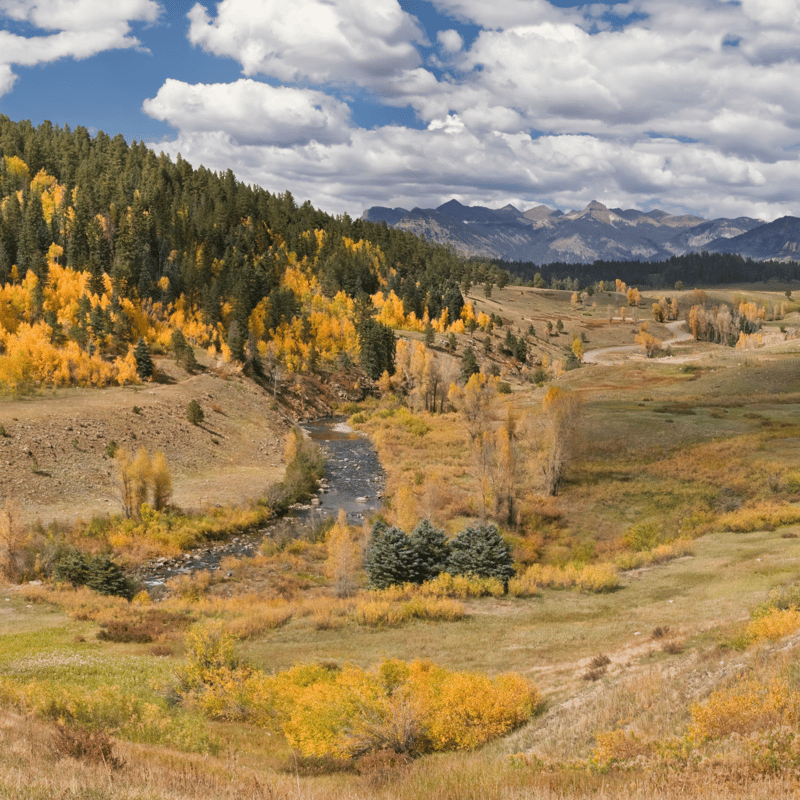
Pagosa is a buffet of water types. Want to chase brookies in high-elevation creeks? Done. Feel like testing your skills on a gin-clear freestone? Head to the Piedra. Dreaming of trophy rainbows the size of your leg? The San Juan tailwater is your ticket. Add in the fact that you can wrap up your day by soaking in natural hot springs downtown, and it’s almost unfair how good this place is.
The Piedra River: Remote, Rugged, and Rewarding
The Piedra isn’t for lazy anglers. To get to the best stretches, you’ll hike into narrow canyons where the river snakes through red rock walls and dense pine forest. The reward? Wild browns and rainbows that don’t see half the pressure of more famous rivers.
When to go:
- Spring (May–June): High water, but this is when big fish move. Salmonflies hatch, and trout eat like they’ve been fasting all winter.
- Summer (July–August): Lower water, technical dry-fly fishing. You’ll need stealth and finesse, but the payoff is gorgeous trout sipping dries in glassy pools.
- Fall: Crisp air, golden aspens, and hungry trout preparing for winter—arguably the Piedra at its best.
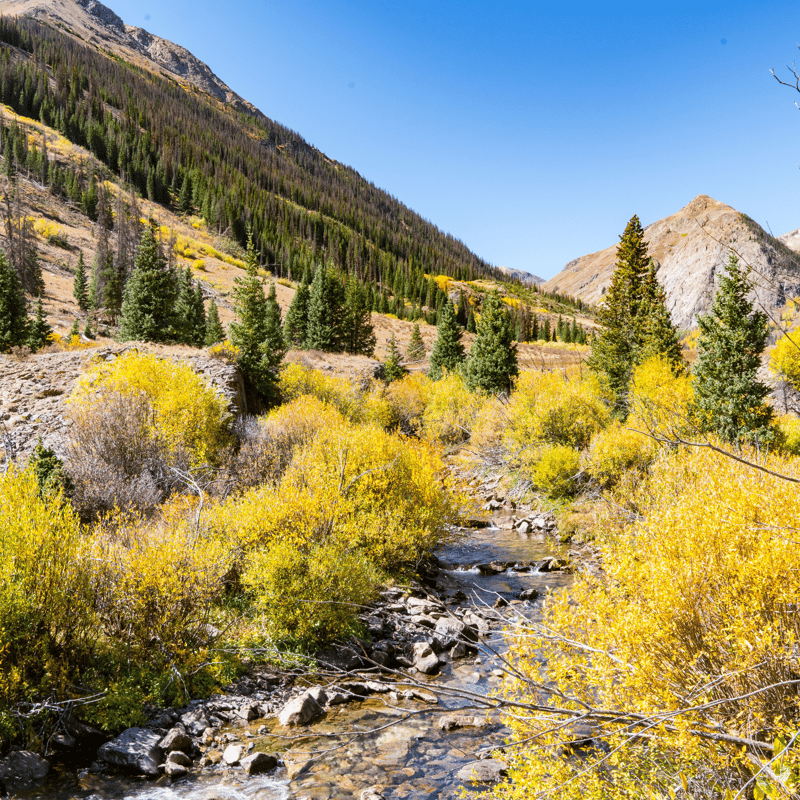
If you want solitude and don’t mind working for your fish, the Piedra will make you forget Instagram even exists.
The San Juan River: From Main Street to Mythical Tailwater
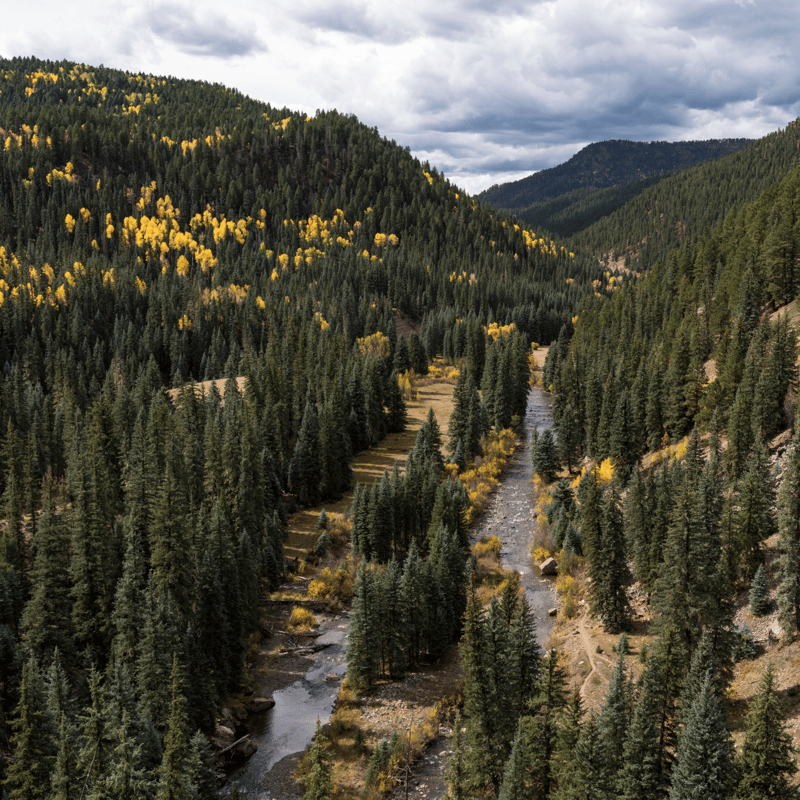
Pagosa is one of the few places where you can grab a coffee, stroll downtown, and be fishing within minutes. The San Juan River runs right through town, and the local section holds solid numbers of browns and rainbows. Most average 12–20 inches, but every so often, someone hauls out a bruiser that looks more like it belongs in Alaska than Colorado.
Drive south into New Mexico, and you hit the legendary San Juan tailwater below Navajo Dam. This is where things get ridiculous: cold, stable flows create trout densities of 10,000 per mile. Sight-fishing to rainbows in crystal-clear water is both exhilarating and humbling—especially when a fish the size of your forearm refuses your perfectly presented fly.
DIY or Guided?
You can absolutely fish Pagosa on your own—there’s ample public access on the San Juan and trailheads to get you into the Piedra. But a local guide can shave years off the learning curve. They’ll know which fork of the San Juan is fishing best, what bugs are hatching, and which access roads aren’t washed out this week. If you’re new to the area, booking a guide day is money well spent.
Looking for a Guide? Start Here!
Best Seasons at a Glance
- Spring Melt (April–June): Piedra high and pushy, but big fish opportunities. Tailwaters shine.
- Summer (July–August): Low, clear, technical. Great for dry-fly purists.
- Fall (September–October): Prime time. Hungry trout, fewer crowds, unbeatable scenery.
- Winter: The San Juan tailwater stays productive when everything else locks up.
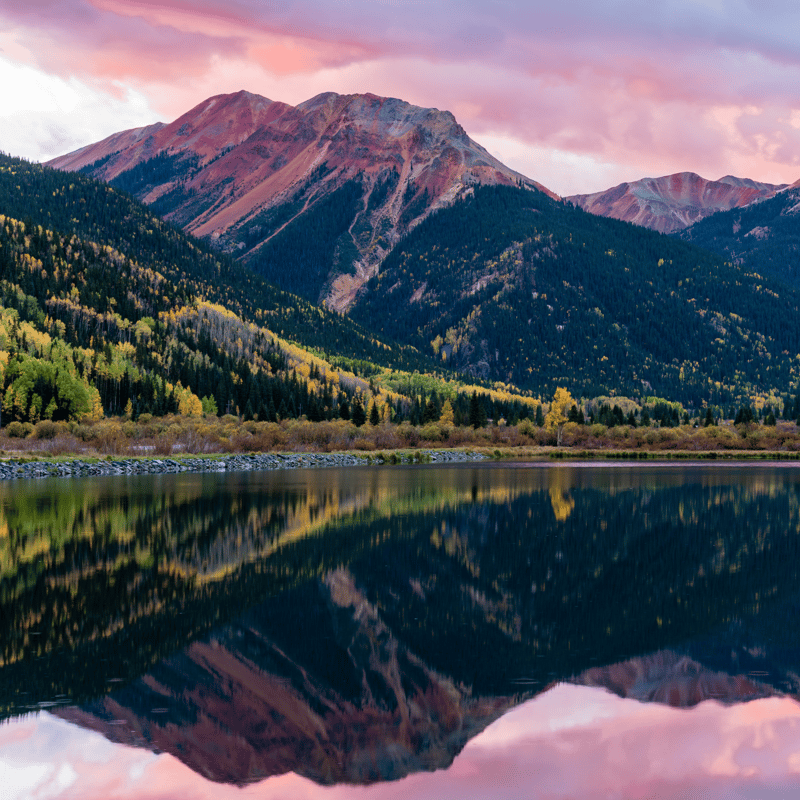
Gear & Prep Checklist
- Rods: 3–4 wt for creeks, 5–6 wt for the Piedra and town stretch of the San Juan, 6–8 wt for the tailwater hogs.
- Flies: Salmonflies in spring, PMDs and caddis in summer, Blue-Winged Olives in fall, and midges all year.
- Extras: Hiking boots for Piedra canyon missions, polarized glasses, and a swimsuit if you want to end the day in a hot spring.
- Licenses: Colorado for Pagosa waters; New Mexico if you plan on fishing the lower San Juan.
Other Waters Around Pagosa Springs Worth Your Cast
If you’ve worked the Piedra and the San Juan and still have gas in the tank, here’s the extended menu:
- East Fork San Juan River – A high-country gem with pocket water, cutbows, and cutthroat. Accessible off Highway 160, but best fished early summer when flows settle.
- West Fork San Juan River – Rugged and scenic, with cold water all summer and plenty of rainbows and brookies. Bring a 3- or 4-weight for sneaky drifts under the willows.
- Middle Fork Piedra River – Hike-in access, lighter pressure, and willing trout that reward persistence.
- Williams Creek & Williams Reservoir – Great option if you’ve got kids in tow or want to mix lake and stream fishing in one trip.
- Navajo Reservoir – Not a fly-only experience, but if you like variety, you’ll find pike, bass, carp, and kokanee salmon — a totally different challenge from mountain streams.
- Smaller Creeks (Turkey Creek, Fourmile, etc.) – Classic small-stream fishing: dry flies, quick strikes, and the occasional wild brookie.
Pagosa Springs is the kind of place where your fishing day writes itself into legend. One minute you’re drifting a salmonfly along a cliff wall on the Piedra, the next you’re stalking tailwater giants on the San Juan. And when the rods are packed away, you’re soaking in hot springs under the stars.
Call it unfair. Call it paradise. Just don’t call it overrated—because Pagosa’s rivers are every bit as magical as they sound.
.png?width=300&height=100&name=Copy%20of%20Rise%20Beyond%20Logo%2012.31.24%20(300%20x%20100%20px).png)
.png)
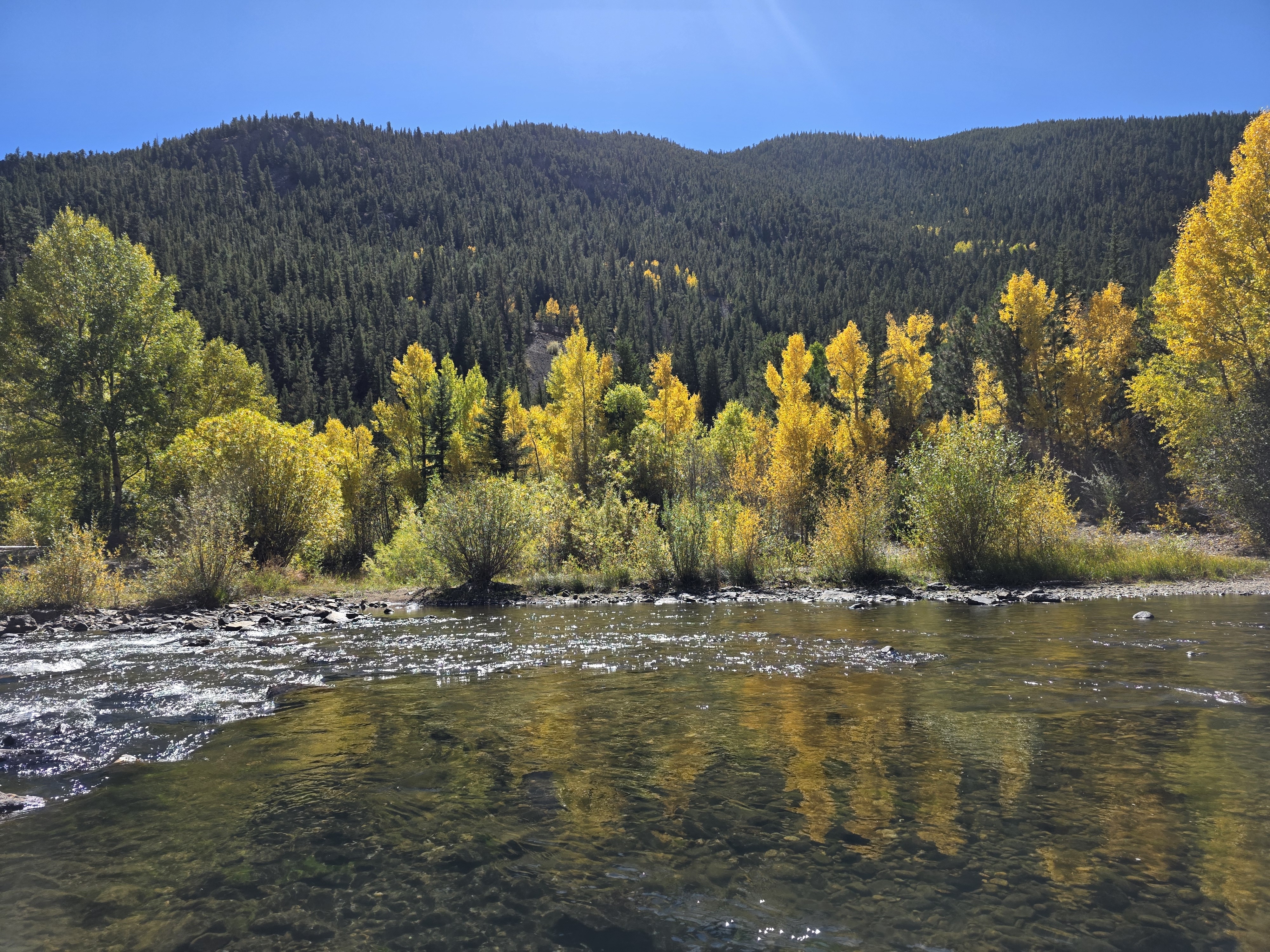
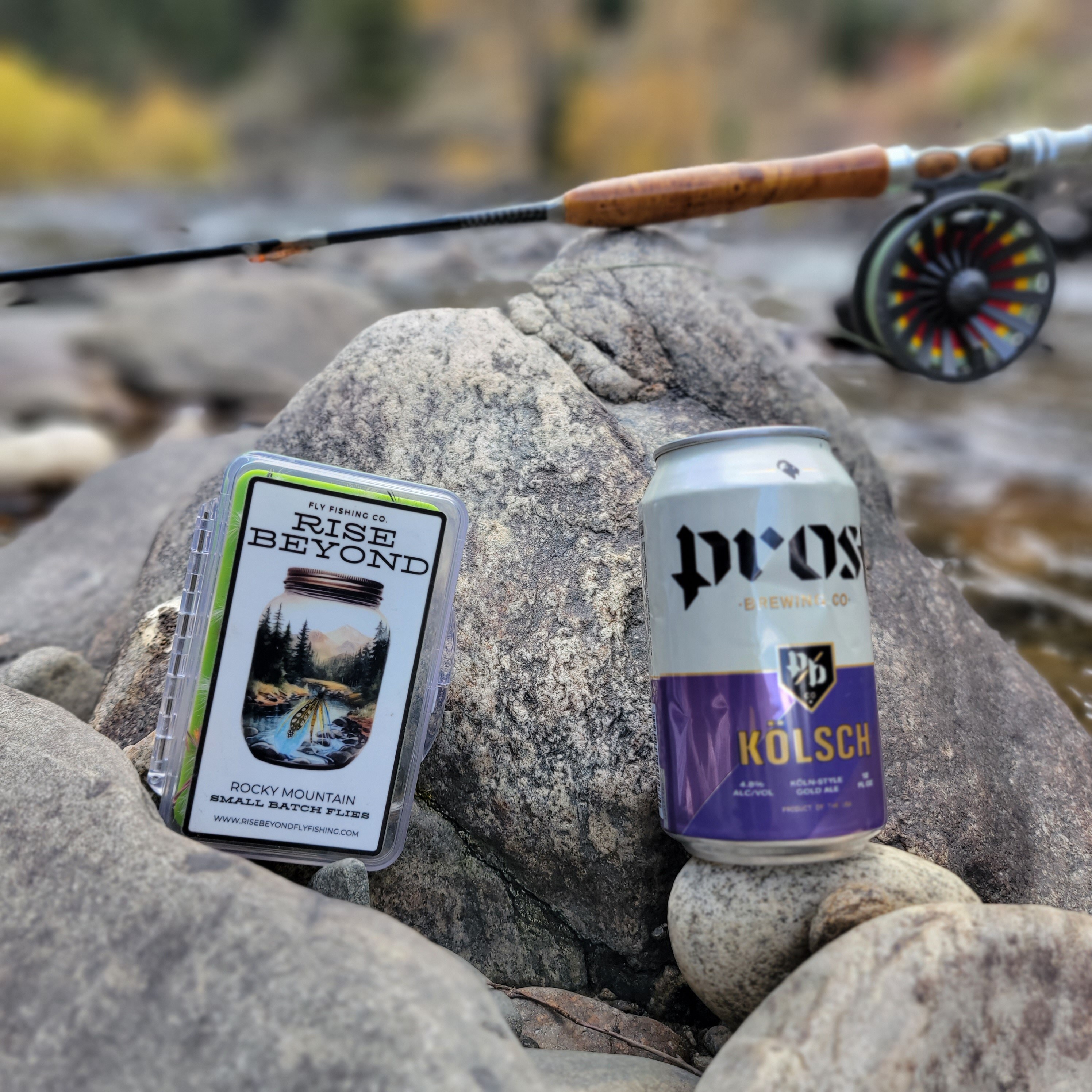
.jpg)